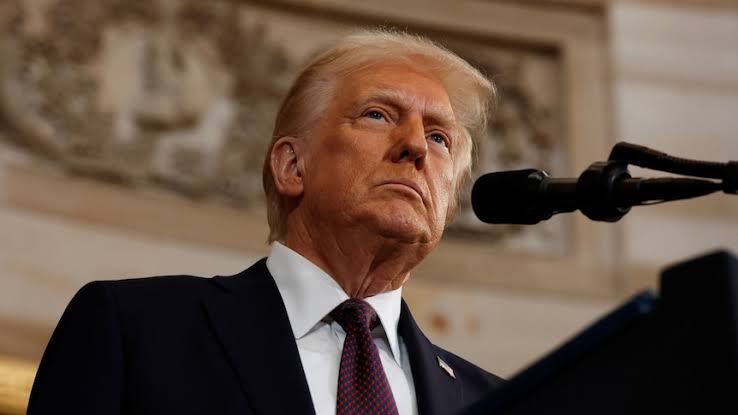In an increasingly interconnected and complex world, the concept of national power extends far beyond military strength alone. The most powerful countries today wield influence through a multifaceted combination of economic prowess, technological advancement, diplomatic reach, cultural impact, and strategic alliances. These nations play pivotal roles on the global stage, shaping international policies, leading in innovation, and often setting the tone for geopolitical developments. The term “powerful” in the 21st century is defined not just by the size of a country’s army or the sophistication of its weaponry, but also by its gross domestic product (GDP), the resilience of its political systems, the global presence of its industries and brands, and its ability to lead or influence international organizations. Power today is both hard and soft a blend of force and finesse, numbers and narrative.
These Are The Top 10 Most powerful Countries In The World
1. United States
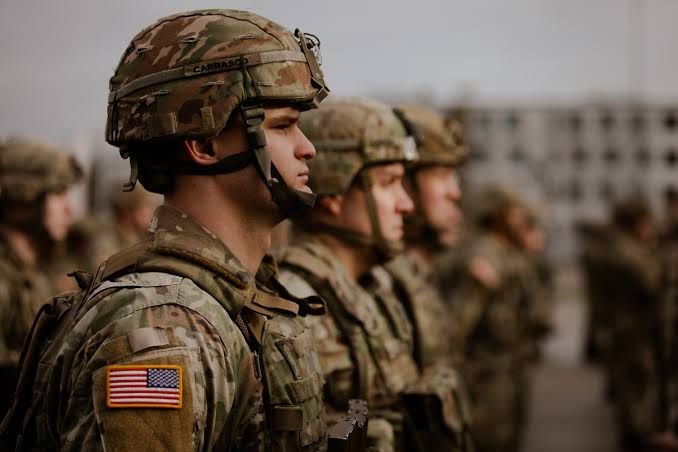 The United States of America maintains its position as the most powerful military in the world. Utilising a budget that is getting close to $900 billion, it makes significant investments in cutting-edge military weapons, ranging from cyber capabilities to space defence. The United States Air Force is the largest air force in the world, with over 13,000 aircraft, including stealth fighters such as the F-22 and the F-35. At the same time that the United States Army deploys thousands of M1 Abrams tanks and modern rocket systems such as HIMARS, the United States Navy possesses eleven aircraft carriers that are powered by nuclear energy. The nation’s strategic reach is unparalleled, as a result of the more than seven hundred and fifty overseas military facilities and alliances such as NATO.
The United States of America maintains its position as the most powerful military in the world. Utilising a budget that is getting close to $900 billion, it makes significant investments in cutting-edge military weapons, ranging from cyber capabilities to space defence. The United States Air Force is the largest air force in the world, with over 13,000 aircraft, including stealth fighters such as the F-22 and the F-35. At the same time that the United States Army deploys thousands of M1 Abrams tanks and modern rocket systems such as HIMARS, the United States Navy possesses eleven aircraft carriers that are powered by nuclear energy. The nation’s strategic reach is unparalleled, as a result of the more than seven hundred and fifty overseas military facilities and alliances such as NATO.
2. Russia
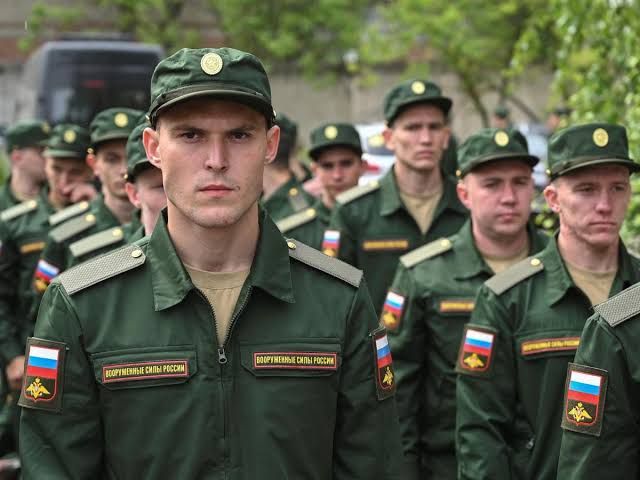 Russia’s military power is rooted in a combination of legacy strength from the Soviet era and ongoing modernization efforts. At the heart of its military doctrine lies its nuclear arsenal, which is the largest in the world with over 5,900 nuclear warheads. This strategic capability forms the backbone of Russia’s deterrence strategy and global influence. Alongside its nuclear power, Russia also boasts the largest tank fleet globally, with thousands of operational tanks, including the T-72, T-80, and the more modern T-90 and T-14 Armata.
Russia’s military power is rooted in a combination of legacy strength from the Soviet era and ongoing modernization efforts. At the heart of its military doctrine lies its nuclear arsenal, which is the largest in the world with over 5,900 nuclear warheads. This strategic capability forms the backbone of Russia’s deterrence strategy and global influence. Alongside its nuclear power, Russia also boasts the largest tank fleet globally, with thousands of operational tanks, including the T-72, T-80, and the more modern T-90 and T-14 Armata.
3. China
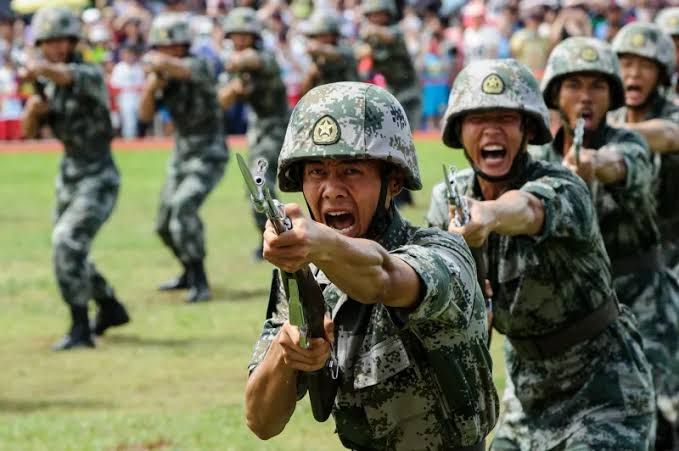 The People’s Liberation Army (PLA) of China is currently undergoing a period of dramatic modernisation. Hypersonic weaponry, artificial intelligence integration, and stealth aircraft like as the J-20 are all supported by its budget. By 2049, China intends to have a military that is on par with the best in the world, with a fleet of more than 7,000 tanks and one of the largest navies in the world. China places a strong emphasis on its cyber and space warfare capabilities, as well as its regional supremacy in the Indo-Pacific region, from a strategic standpoint.
The People’s Liberation Army (PLA) of China is currently undergoing a period of dramatic modernisation. Hypersonic weaponry, artificial intelligence integration, and stealth aircraft like as the J-20 are all supported by its budget. By 2049, China intends to have a military that is on par with the best in the world, with a fleet of more than 7,000 tanks and one of the largest navies in the world. China places a strong emphasis on its cyber and space warfare capabilities, as well as its regional supremacy in the Indo-Pacific region, from a strategic standpoint.
4. India
 There are 1.4 million active troops in India’s military, making it one of the largest in the world. More than 2,100 aircraft, strategic missiles, and a nuclear triad are all part of its assortment of weapons. In the context of the “Make in India” policy, indigenous programs like as Tejas and Arjun tanks are examples of the push for self-sufficiency it represents. India is also concentrating its efforts on expanding its navy’s capabilities in blue water in order to protect its maritime interests in the Indian Ocean region.
There are 1.4 million active troops in India’s military, making it one of the largest in the world. More than 2,100 aircraft, strategic missiles, and a nuclear triad are all part of its assortment of weapons. In the context of the “Make in India” policy, indigenous programs like as Tejas and Arjun tanks are examples of the push for self-sufficiency it represents. India is also concentrating its efforts on expanding its navy’s capabilities in blue water in order to protect its maritime interests in the Indian Ocean region.
5. South Korea
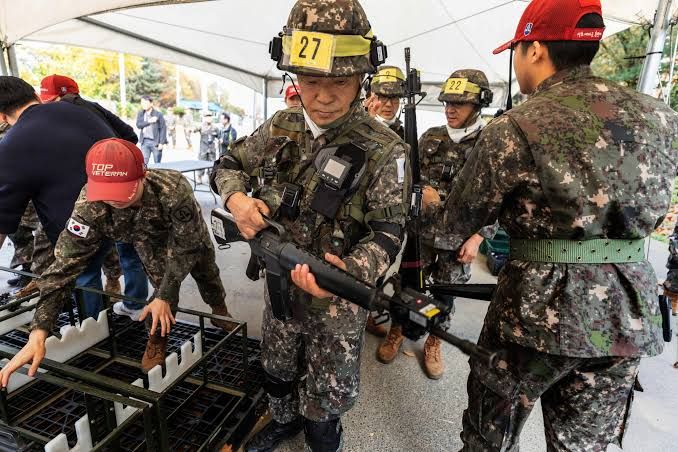 South Korea, in response to persistent security threats from North Korea, has built one of the most technologically sophisticated militaries in Asia. The Republic of Korea (ROK) Armed Forces are equipped with state-of-the-art weaponry, including the K2 Black Panther main battle tank considered among the most advanced in the world F-35A Lightning II stealth fighters, and a variety of modern missile systems designed for both defense and precision strike capabilities. Beyond conventional arms, South Korea places significant emphasis on cyber defense.
South Korea, in response to persistent security threats from North Korea, has built one of the most technologically sophisticated militaries in Asia. The Republic of Korea (ROK) Armed Forces are equipped with state-of-the-art weaponry, including the K2 Black Panther main battle tank considered among the most advanced in the world F-35A Lightning II stealth fighters, and a variety of modern missile systems designed for both defense and precision strike capabilities. Beyond conventional arms, South Korea places significant emphasis on cyber defense.
6. United Kingdom
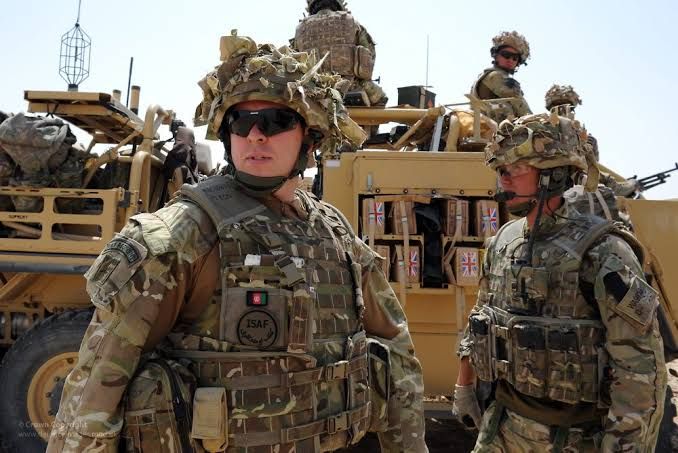 The United Kingdom’s military posture reflects its ambition to remain a significant global power. With a highly professional and expeditionary-oriented armed force, the UK supports NATO operations and participates in multinational coalitions across the globe. Its two Queen Elizabeth-class aircraft carriers serve as symbols of naval strength and power projection, capable of deploying F-35B Lightning II jets for precision strikes and joint operations. These carriers are designed to operate independently or integrate into larger allied task forces, reinforcing the UK’s maritime influence from the Atlantic to the Indo-Pacific.
The United Kingdom’s military posture reflects its ambition to remain a significant global power. With a highly professional and expeditionary-oriented armed force, the UK supports NATO operations and participates in multinational coalitions across the globe. Its two Queen Elizabeth-class aircraft carriers serve as symbols of naval strength and power projection, capable of deploying F-35B Lightning II jets for precision strikes and joint operations. These carriers are designed to operate independently or integrate into larger allied task forces, reinforcing the UK’s maritime influence from the Atlantic to the Indo-Pacific.
7. France
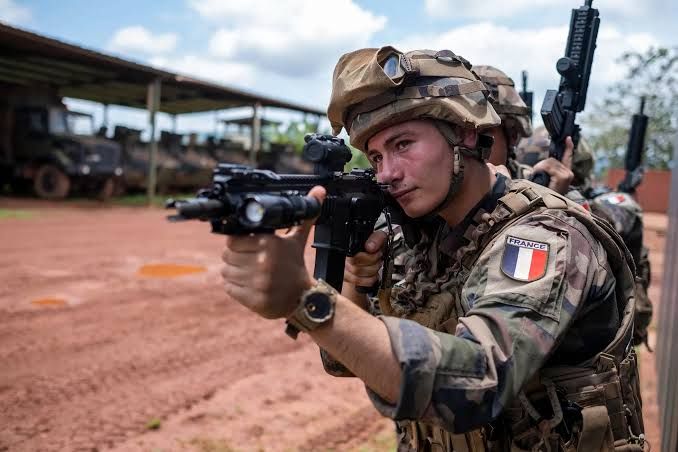 France continues to uphold its status as a dominant European military power through a combination of advanced technology, strategic defense initiatives, and global deployment capabilities.
France continues to uphold its status as a dominant European military power through a combination of advanced technology, strategic defense initiatives, and global deployment capabilities.
At the core of its military strength is the Rafale multirole fighter jet, capable of conducting air supremacy, ground support, and nuclear deterrence missions. France is also one of the few countries to possess nuclear ballistic missile submarines (SSBNs), a critical component of its nuclear deterrent.
8. Japan
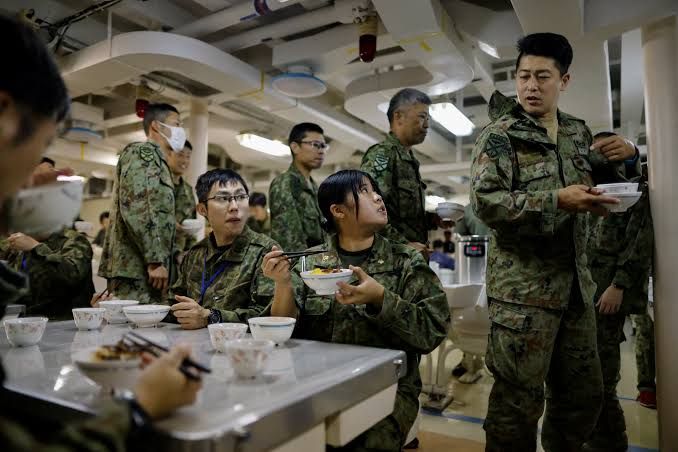 Deterrence and technological innovation are two strategies that are prioritised by Japan’s Self-defence Forces. Aegis-equipped destroyers, F-35A planes, and advanced tanks such as the Type 10 are among the aircraft that are operated by the nation. Although Japan does not possess nuclear weapons, the country’s capabilities in the areas of ballistic missile and anti-submarine warfare are among the most advanced. In addition, it keeps strong connections with the United States for the purpose of strategic defence.
Deterrence and technological innovation are two strategies that are prioritised by Japan’s Self-defence Forces. Aegis-equipped destroyers, F-35A planes, and advanced tanks such as the Type 10 are among the aircraft that are operated by the nation. Although Japan does not possess nuclear weapons, the country’s capabilities in the areas of ballistic missile and anti-submarine warfare are among the most advanced. In addition, it keeps strong connections with the United States for the purpose of strategic defence.
9. Turkey
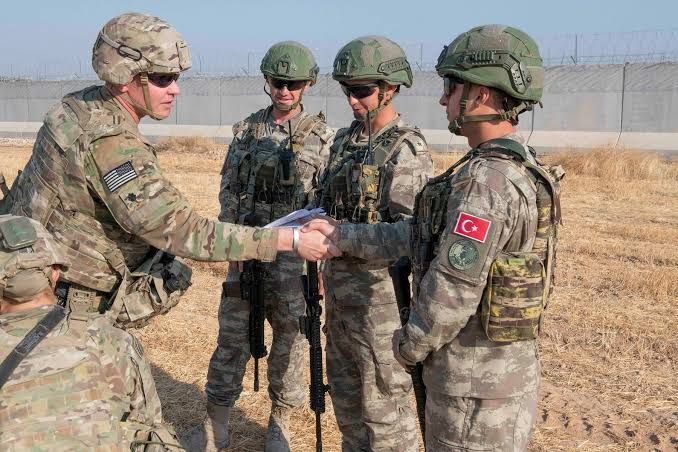 The Turkish military is responsible for a significant role in the region. Turkey has demonstrated a substantial amount of prowess in regional battles thanks to its domestic drones, such as the Bayraktar TB2, as well as its modern tanks and gradually expanding naval force. In addition, it is making investments in the Altay tank, several new submarines, and a domestic defence industry in order to achieve strategic independence.
The Turkish military is responsible for a significant role in the region. Turkey has demonstrated a substantial amount of prowess in regional battles thanks to its domestic drones, such as the Bayraktar TB2, as well as its modern tanks and gradually expanding naval force. In addition, it is making investments in the Altay tank, several new submarines, and a domestic defence industry in order to achieve strategic independence.
10. Italy
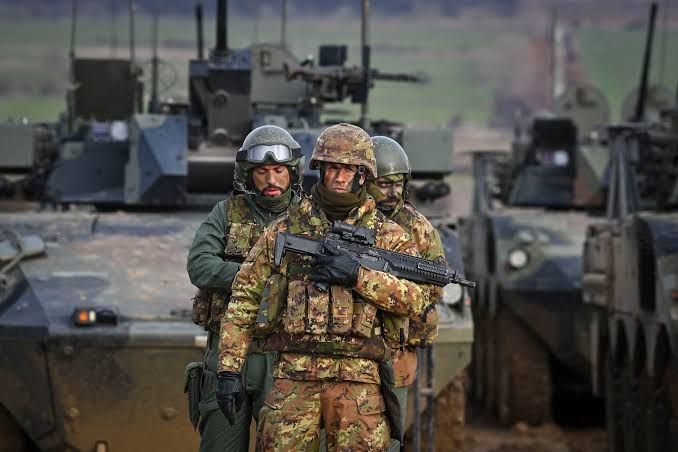 Within the North Atlantic Treaty Organisation, Italy keeps a modern force. The American Air Force is equipped with Eurofighter Typhoons and F-35s, while the American Navy is in charge of two aircraft carriers. The armoured force is supported by the Ariete tanks and Centauro II vehicles, which form the backbone of the army. Furthermore, Italy is a contributor to the cyber defence, peacekeeping, and security operations of the European Union.
Within the North Atlantic Treaty Organisation, Italy keeps a modern force. The American Air Force is equipped with Eurofighter Typhoons and F-35s, while the American Navy is in charge of two aircraft carriers. The armoured force is supported by the Ariete tanks and Centauro II vehicles, which form the backbone of the army. Furthermore, Italy is a contributor to the cyber defence, peacekeeping, and security operations of the European Union.
